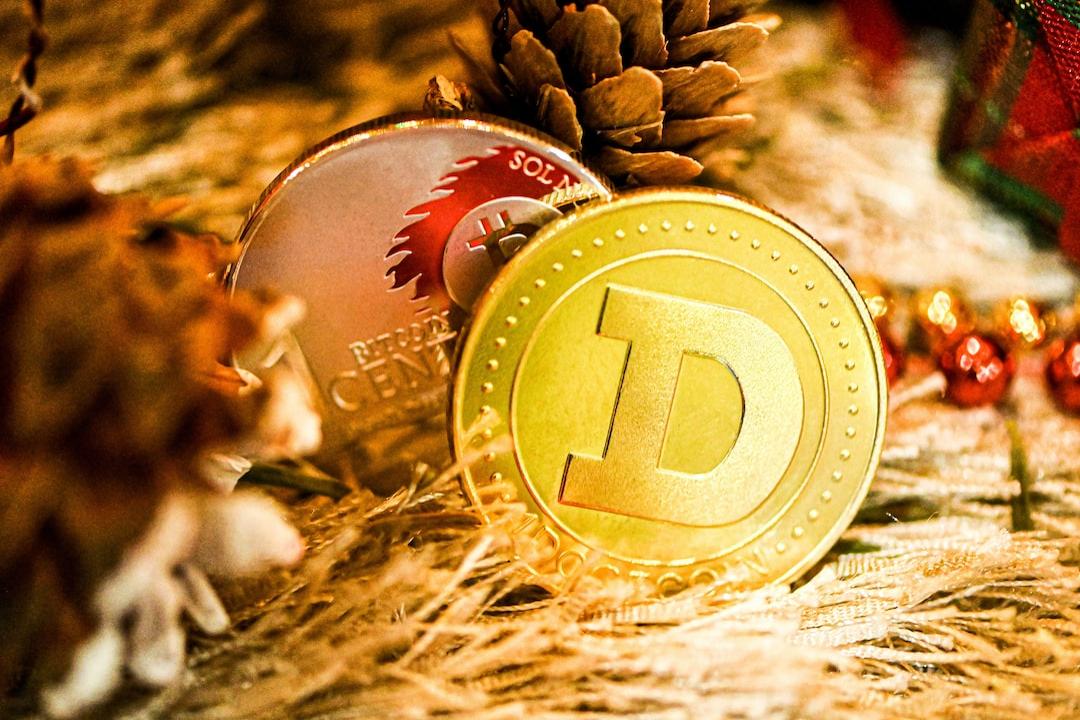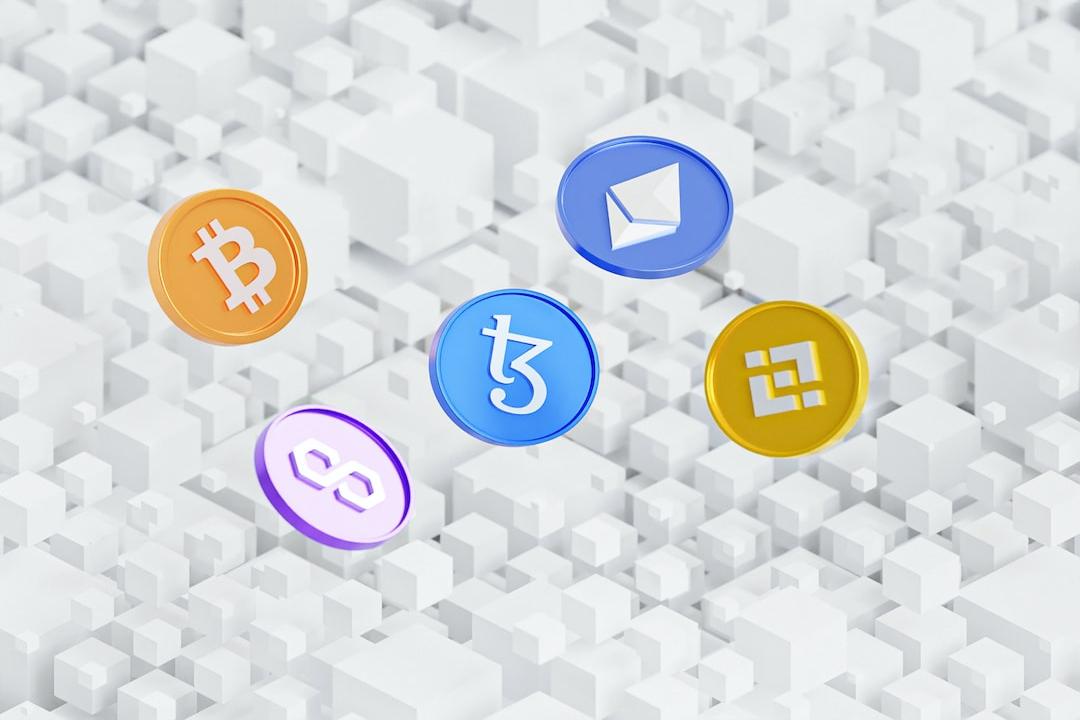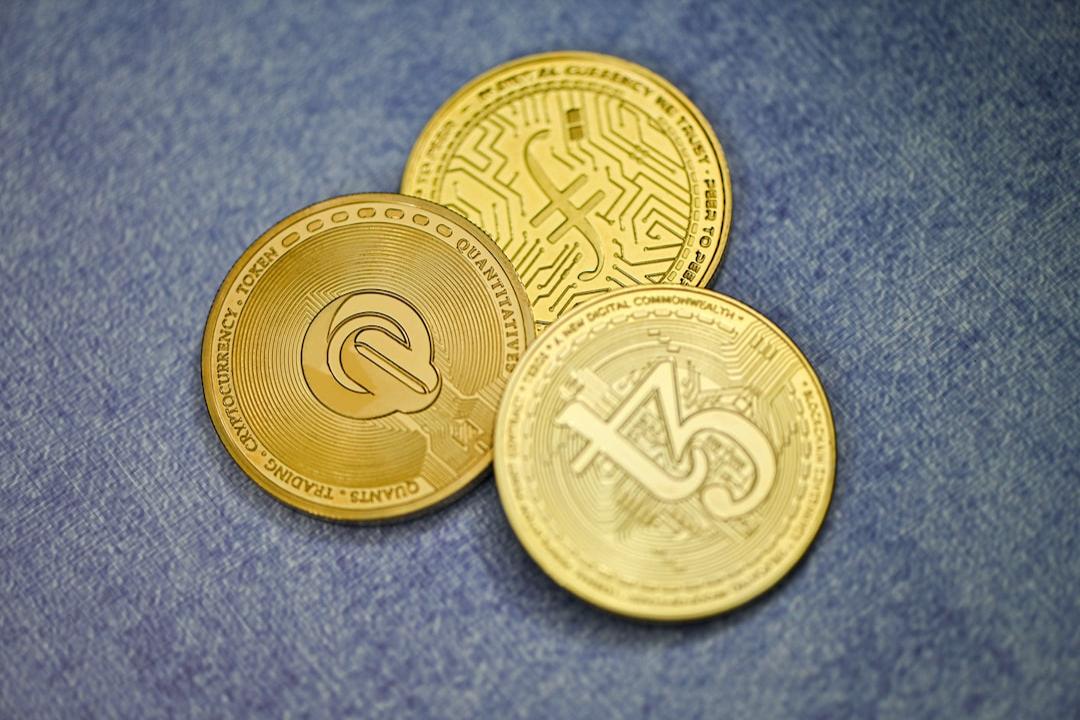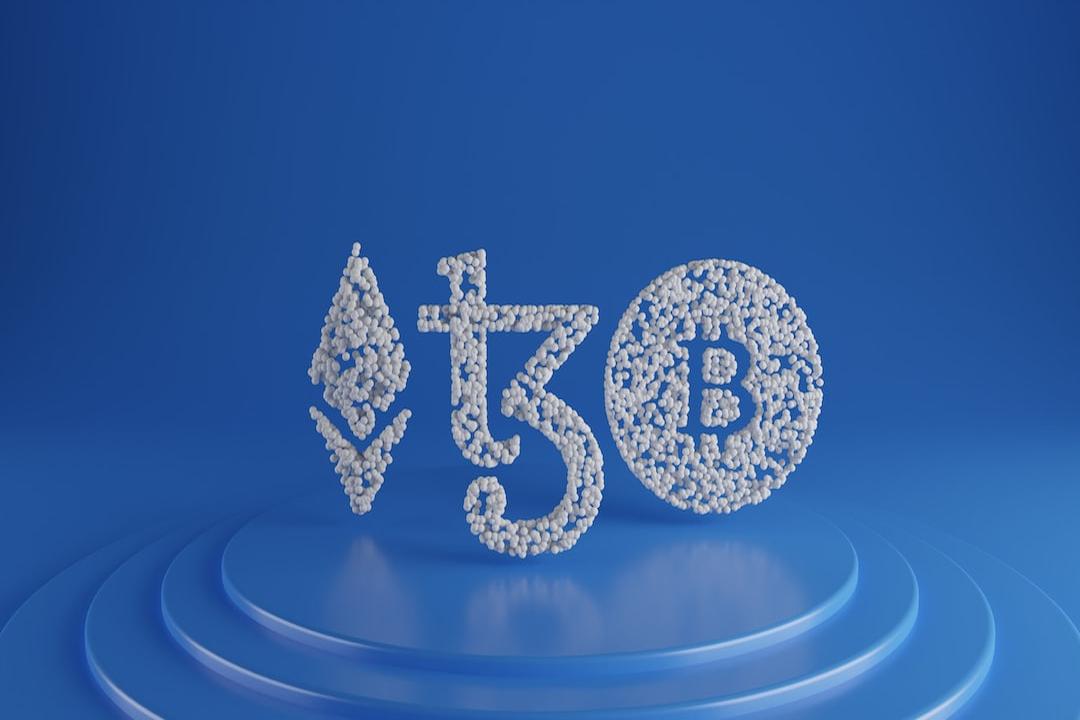Cryptocurrency has become a popular investment option for many people, offering various tools and products. However, the complex user interfaces and unfamiliar investment terminology of exchanges often leave newcomers feeling overwhelmed.
To address this issue, “WEB3+” has launched a series of reports called “Cryptocurrency Investment in Plain Language.” These reports aim to introduce readers to the correct concepts of cryptocurrency investment, as well as the underlying logic, innovation, and latest trends.
What is liquidity mining?
Cryptocurrency “mining” gained popularity in 2021, with users worldwide scrambling to acquire graphics cards. This mining frenzy gradually subsided after the upgrade to Ethereum 2.0. However, on many exchange platforms, amidst the array of investment products, there is a service called “liquidity mining” that confuses many novice investors.
To understand liquidity mining, it is necessary to separate “mining” from “liquidity.” In the world of cryptocurrencies, any method of receiving rewards after exerting effort or engaging in certain behaviors is called “mining.” This includes traditional Bitcoin mining as well as current Ethereum staking. “Liquidity” refers to the ability to convert assets into cash in the financial field.
Therefore, liquidity mining involves users providing “liquidity” to exchanges or decentralized protocols in exchange for corresponding token rewards.
The existence of liquidity mining as a service is due to the liquidity problems faced by traditional financial institutions or financial products. In regulated markets, when there is insufficient market liquidity, “market makers” intervene. Market makers are typically large banks or institutions that can buy or sell securities at any time to “create a market” and help generate liquidity.
However, in the realm of cryptocurrencies, there are no strict regulations regarding liquidity, as the market is still in its early stages. This lack of liquidity is more likely to occur on decentralized exchanges, which are relatively difficult to use, or more advanced exchanges. To incentivize users to provide liquidity, projects have introduced liquidity mining.
How does liquidity mining work?
To provide liquidity, users must supply tokens to a “trading pair.” A trading pair consists of two digital currencies. For example, if a user wants to mine liquidity for the “ETH/USDT” trading pair, they need to deposit both ETH and USDT into the pool for that trading pair.
In this scenario, when other users engage in token trading, they will exchange ETH or USDT from this pool. The user providing liquidity can earn transaction fee revenue or additional rewards provided by the project. The earnings are usually in USDT or ETH.

Advantages and risks of liquidity mining
Advantage: Retail investors can also provide liquidity
In the traditional financial world, it is generally difficult for small retail investors to provide liquidity or earn transaction fees because these opportunities are usually reserved for institutions or specific investors with substantial capital. In the past, users might have invested in financial products in the secondary market, but now they can directly provide liquidity in the primary market. In the blockchain world, liquidity mining is open-source and decentralized, allowing users with even $10 worth of assets to participate easily.
Risk 1: Impermanent loss
When investing, users can choose trading pairs with high or low volatility, and the difference lies in the “impermanent loss” of liquidity mining. Impermanent loss is the most common and inevitable issue encountered in liquidity mining.
When a user deposits token A and token B into a liquidity pool, if token A keeps increasing in value, it means that the user’s deposited token A is constantly being exchanged, resulting in the user holding more and more token B.
If a user chooses a highly volatile token, such as the recent popular meme coin against ETH, the trading activity may be intense, resulting in higher transaction fees and the token’s continuous rise. In this case, if the user deposits ETH and the meme coin into the pool and the meme coin keeps increasing, the user will hold a significant amount of ETH.
This situation may not be a problem, but meme coins or other altcoins can experience significant volatility, both in terms of price and speed. When the meme coin experiences a decline, the user’s ETH will be continuously exchanged, resulting in the user holding more and more meme coins, leading to significant losses.

Therefore, when choosing a trading pair, ACE Digital Currency Exchange’s Deputy Director of Marketing, Liao Wei-Zhi, suggests selecting more stable tokens, such as the wrapped Bitcoin (wBTC) against ETH. This way, regardless of which token is held, the risk of significant losses will be reduced.
Risk 2: Smart contract vulnerabilities
Currently, most liquidity mining occurs on decentralized protocols, which means it is executed automatically through smart contracts. For regular users, the first step is to verify whether the smart contract has any vulnerabilities to avoid losing their money once it is invested, including the initial investment.
For example, the recent attack on the Curve Finance platform is an example of such an attack, resulting in millions of dollars in losses and affecting the native token’s price.
️ Further reading:
Willing to reward hackers with 10% of the amount! Curve Exchange recovers nearly 700 million funds, how to successfully negotiate on the chain?
Risk 3: Rug Pull
Liquidity providers (often individuals with large amounts of capital) suddenly withdraw all valuable assets from the pool, leaving behind assets of low or rapidly declining value.
This situation can occur in some inadequately scrutinized new tokens or untrusted liquidity pools. When a whale withdraws all stablecoins, leaving behind only meme coins, other liquidity providers may find that the value of their assets has plummeted.
Therefore, in such cases, users with minimal liquidity may suffer significant losses as they are trapped in a pool with rapidly declining value.
This highlights the importance of conducting thorough risk assessments and due diligence when choosing liquidity pools, especially when dealing with new tokens or highly volatile assets.

How to participate in liquidity mining?
In the past, liquidity mining was performed directly on the blockchain. However, in the past year or two, more and more exchanges have started to incorporate blockchain-based profit tools or models into centralized exchanges.
For example, ACE has previously launched liquidity mining programs to help users raise funds for liquidity mining. Additionally, leading overseas exchanges like Binance allow users to participate in liquidity mining directly on their platforms without the need for decentralized interactions as in the past.
However, the cryptocurrency market has been in a poor state from last year to the present. The yield from liquidity mining is currently not significant, making it unsuitable to promote this product.
Furthermore, due to the regulatory restrictions on cryptocurrencies in Taiwan, local exchanges are unable to utilize users’ tokens or any assets. Therefore, Taiwanese exchanges do not provide this service and can only guide users to mine on the blockchain themselves. Overseas exchanges, on the other hand, are less affected by these regulations and offer various yield products and other derivative products.
The risk level of liquidity mining mainly depends on the trading pair chosen by the user and how they allocate their assets. Choosing a trading pair like “ETH/USDT,” which is stable regardless of the performance of either token, reduces the risk for users. However, if a user chooses a meme coin trading pair, the risk will be very high.
Liao Wei-Zhi suggests that it is generally advisable for users with a certain understanding of blockchain and how to interact with protocols to engage in this type of investment.
※ This article does not constitute any investment advice. Please carefully evaluate the risks before investing.
Proofreading editor: Gao Jingyuan

